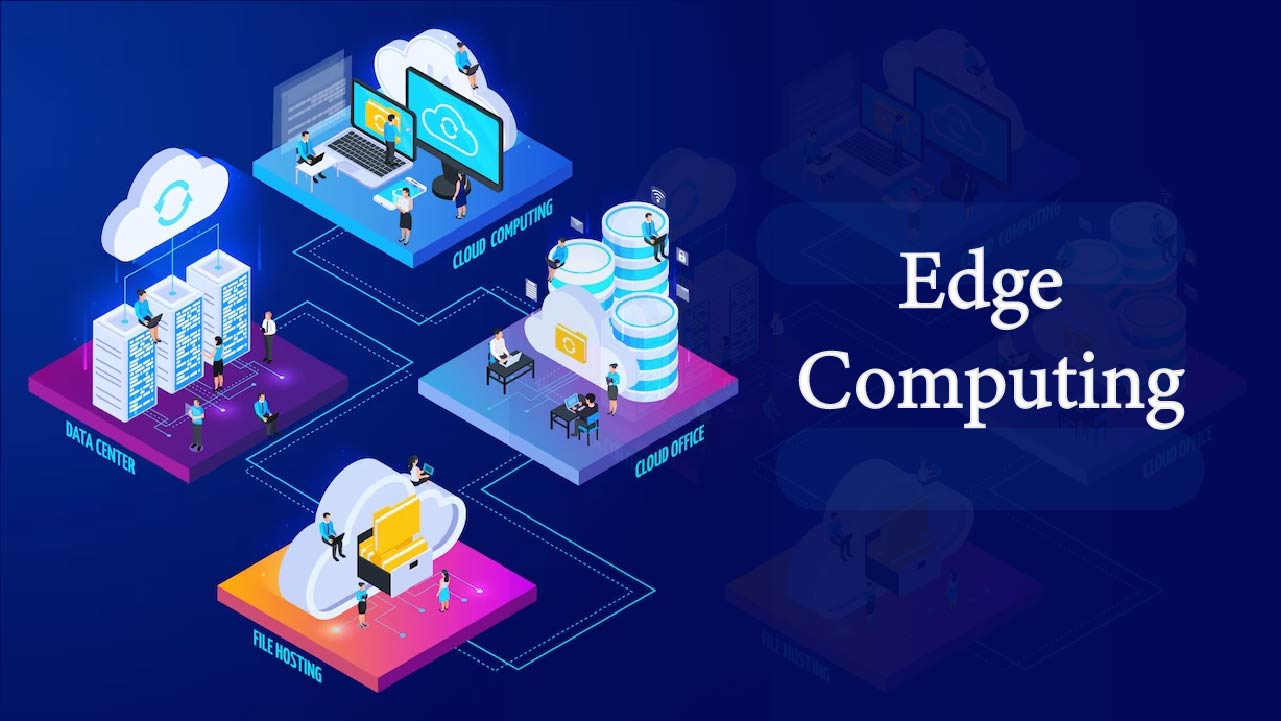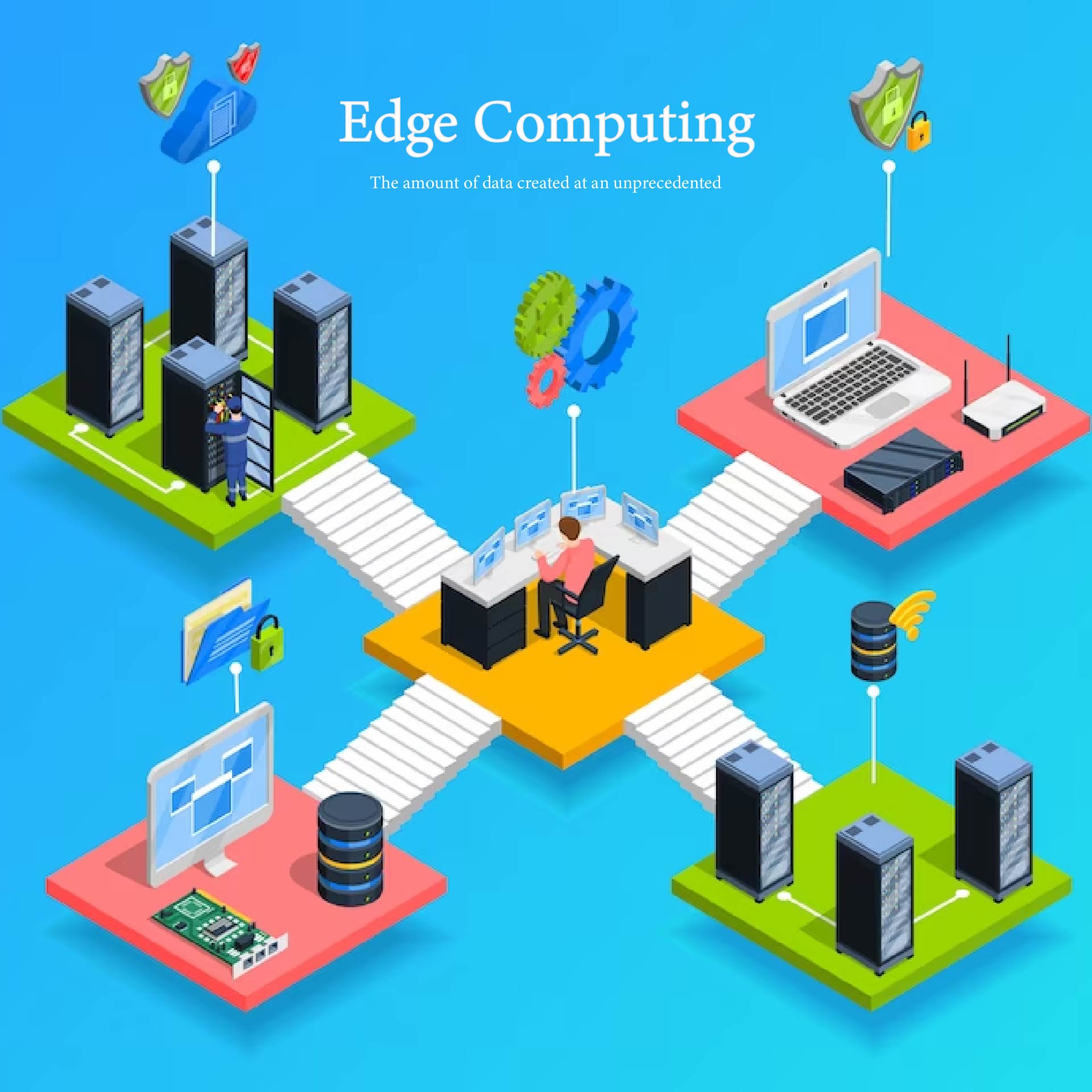The amount of data being created at an unprecedented rate in today’s hyper-connected world is pushing traditional cloud computing models to meet the demands of real-time data processing and fast response times. This is where Edge Computing truly shines and transforms our everyday interactions with technology.
A variety of networks and devices at or close to the user are referred to as “edge computing,” an emerging computing paradigm. The goal of Edge is to analyze data closer to the point of generation, allowing for faster and larger processing volumes and more actionable outcomes in real-time.
Compared to conventional models, which concentrate processing power in an on-site data center, it has a few special advantages. By locating computing at the edge, businesses may enhance the way they handle and utilize tangible assets while generating novel, human-centered experiences. Automated retail, self-driving automobiles, autonomous robotics, and smart equipment data are a few instances of edge use cases.
In settings like hospitals, industries, and retail stores, a large portion of today’s computing already takes place at the edge, processing the most sensitive data and powering vital devices that must operate securely and dependably.
Low-latency solutions that don’t require a network connection are needed in these locations. Edge can revolutionize a company in every sector and role, from marketing and customer interaction to manufacturing and back-office functions. This is what makes edge technology so intriguing. In any situation, edge enables proactive and adaptable business processes, frequently in real-time, providing customers with fresh, improved experiences.
Businesses may now integrate the digital and real worlds because of Edge. enhancing in-store experiences by utilizing data and web analytics. establishing settings where employees may learn from robots and other systems that have been educated. building well-considered surroundings that consider our comfort and safety.
Edge computing, which enables businesses to operate applications with the highest reliability, real-time, and data demands instantly on-site, connects all of these scenarios.
In the end, this enables businesses to generate new sources of income, develop more swiftly, and provide new goods and services more quickly. By effectively bringing the power of cloud computing closer to us, edge computing improves the intelligence, speed, and responsiveness of technology, because Edge Computing can review data in real-time and remove latency, it can change how we interact with technology and usher in a new era of innovation and connection.

